How to create a simple web API in Magento2
Webservices are vital mechanisms for two or more systems to communicate, since they allow information to be transferred, procedures to be executed or...
Every Magento instance consits of at least two seperate sites: the frontend, which allows customers to navigate, create accounts and purchase goods, and the admin site: which provides a secure platform for the commerce's administrators to perform tasks such as order management, catalog updates, content creation, marketing campaings, generating reports and configuring all the settings for the store, amongst other ations.
There is usually a large effort placed to develop and customize the frontend, which is clearly important, since it's where all of the customers will navigate, however, far too often the admin site gets overlooked, sometimes without even knowing that it's entirely possible to customize and modify the Magento admin site down to the last pixel.
Some benefits of customizing the admin site are:
To modify your admin site, you'll have to create a theme and a module, and while this will require some basic coding, you can just use the code provided, but be sure to replace the vendor's name to yours.
Here is how it's done:
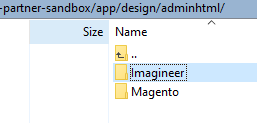
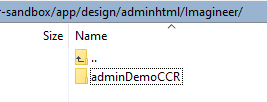
<theme xmlns:xsi="http://www.w3.org/2001/XMLSchema-instance" xsi:noNamespaceSchemaLocation="urn:magento:framework:Config/etc/theme.xsd"> <title>Admin Demo CCR</title>
<!-- ^ your theme's name --> <parent>Magento/backend</parent>
<!-- ^ the parent theme, in case your theme inherits from an existing theme --> <media> <preview_image>media/Icon_CCR.png</preview_image>
<!-- ^ the path to your theme's preview image --> </media></theme> <?phpuse \Magento\Framework\Component\ComponentRegistrar;ComponentRegistrar::register(ComponentRegistrar::THEME, 'adminhtml/Imagineer/adminDemoCCR', __DIR__); <preview_image> defined in step 3):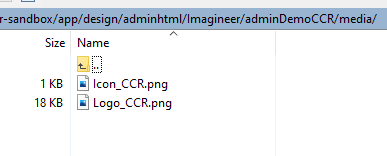


<page xmlns:xsi="http://www.w3.org/2001/XMLSchema-instance" layout="admin-login" xsi:noNamespaceSchemaLocation="urn:magento:framework:View/Layout/etc/page_configuration.xsd"> <body> <referenceBlock name="logo"> <arguments> <argument name="logo_image_src" xsi:type="string">images/Logo_CCR.png</argument> <argument name="logo_width" xsi:type="number">150</argument>
<!-- ^ Add custom logo width --> <argument name="logo_height" xsi:type="number">80</argument>
<!-- ^ Add custom logo height --> </arguments> </referenceBlock> </body> </page>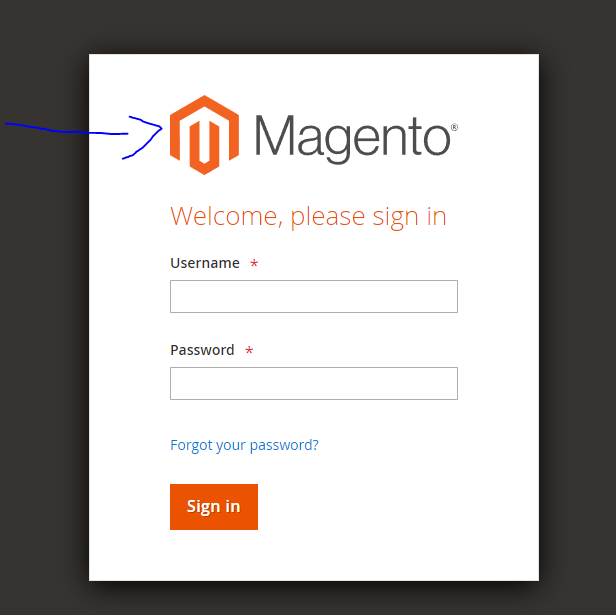
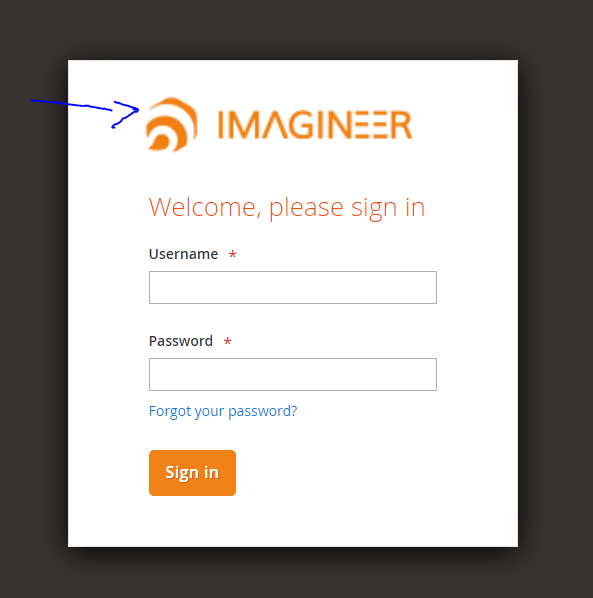
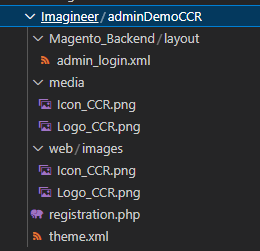

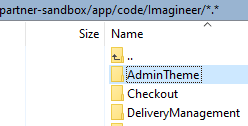
Imagineer with your company)<?php\Magento\Framework\Component\ComponentRegistrar::register(\Magento\Framework\Component\ComponentRegistrar::MODULE, 'Imagineer_AdminTheme', __DIR__);?> Imagineer with your company):<?xml version="1.0"?><config xmlns:xsi="http://www.w3.org/2001/XMLSchema-instance" xsi:noNamespaceSchemaLocation="urn:magento:framework:Module/etc/module.xsd"> <module name="Imagineer_AdminTheme" setup_version="1.0"> <sequence> <module name="Magento_Theme"/> <module name="Magento_Enterprise"/> </sequence> </module></config> Imagineer/adminDemoCCR with your company and theme names defined in steps 1 and 2):<config xmlns:xsi="http://www.w3.org/2001/XMLSchema-instance" xsi:noNamespaceSchemaLocation="urn:magento:framework:ObjectManager/etc/config.xsd"> <!-- Admin theme. Start --> <type name="Magento\Theme\Model\View\Design"> <arguments> <argument name="themes" xsi:type="array"> <item name="adminhtml" xsi:type="string">Imagineer/adminDemoCCR</item>
<!-- Example: "Magento/backend" --> </argument> </arguments> </type> <!-- Admin theme. End --></config><?xml version="1.0"?><page xmlns:xsi="http://www.w3.org/2001/XMLSchema-instance" layout="admin-1column" xsi:noNamespaceSchemaLocation="urn:magento:framework:View/Layout/etc/page_configuration.xsd"> <body> <referenceContainer name="header"> <block class="Magento\Backend\Block\Page\Header" name="logo" before="-"> <arguments> <argument name="show_part" xsi:type="string">logo</argument> <argument name="logo_image_src" xsi:type="string">images/Icon_CCR.png</argument> </arguments> </block> </referenceContainer> </body></page>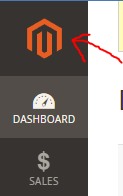
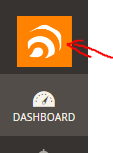
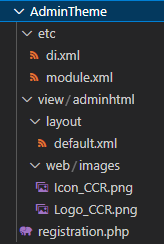
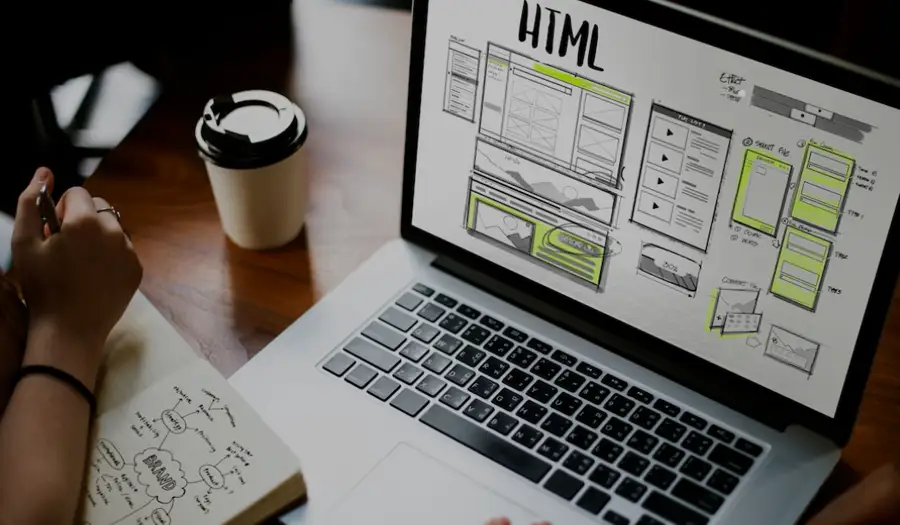
Webservices are vital mechanisms for two or more systems to communicate, since they allow information to be transferred, procedures to be executed or...

E-commerce platforms offer the functionality to store lists of products that interest users. Also, this helps improve the customer experience by...

Sending personalized and professional emails is crucial for maintaining a good relationship with customers and fostering brand loyalty.